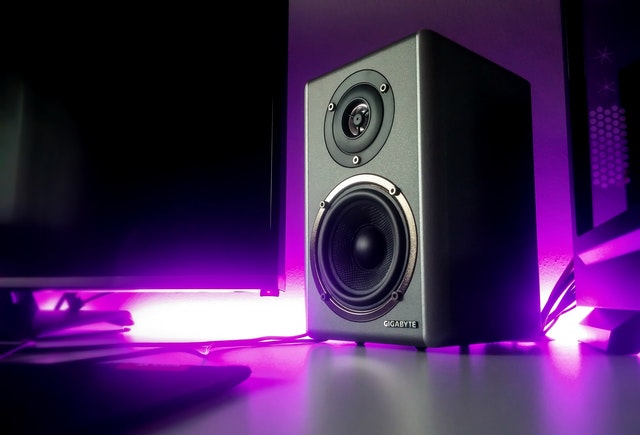Dust particles, mold spores, and stale air can drastically affect both human performance and electronic gear in a music studio. Whether you’re a hobbyist recording vocals at home or a full-time producer running a commercial space, air quality isn’t just about comfort—it’s a hidden factor influencing sound clarity, vocal output, and even the life of your gear.
For musicians in Brisbane, where humidity levels can fluctuate and summer heat can lead to heavy aircon use, it’s even more important to stay on top of air maintenance. If you’re relying on your AC unit to keep the room cool while tracking vocals or mixing down beats, a dirty unit can circulate more than just air. Professional air con cleaning Brisbane services can help keep that air pure, your sound clear, and your studio gear safer from long-term damage.
Why Air Quality Affects Sound
Studio microphones are incredibly sensitive. They pick up subtle vocal changes, background noise, and even the hum of a distant machine. When air is dusty or filled with mold spores, it not only affects your lungs but also impacts the mic’s ability to capture clean audio. Over time, airborne particles can settle into your gear, causing crackles or distorted output.
Humidity plays a big role too. Excess moisture in the air can make stringed instruments go out of tune faster and increase the risk of mold growth on foam panels and other soundproofing materials. That subtle moisture also affects the acoustics of a room, making mixes sound different than they actually are.
Breathing Easy Means Singing Better
Vocalists are especially vulnerable to poor air quality. Dry or polluted air can irritate vocal cords, making it harder to sustain notes or maintain tone. On high pollen days or during dust storms, even a short session in a poorly ventilated room can lead to hoarseness or breathing fatigue. By ensuring that the studio’s air is clean and fresh, singers can stay focused on their performance instead of fighting a scratchy throat or stuffy nose.
Clean air also helps reduce the mental fog that comes with stuffy rooms. Musicians and producers working long hours under pressure will benefit from clearer thinking and more comfortable sessions.
Protecting Expensive Equipment
Studio equipment isn’t cheap. From preamps to MIDI controllers, every piece of gear has electronic components that can suffer in a dusty or moist environment. Dust buildup inside gear can lead to overheating, electrical faults, or corrosion. Mold, once introduced, can be incredibly difficult to remove and sometimes requires total replacement of studio furniture or foam padding.
A clean AC system doesn’t just cool your studio—it filters out the particles that could silently be damaging your investment. A properly maintained unit will have cleaner filters, better airflow, and fewer risks of bacteria being pumped into the air you breathe every day. If you’re considering broader solutions, check out these HVAC upgrades for music spaces to see how air systems enhance both comfort and performance in creative environments.
Noise Pollution from Dirty AC Units
It’s easy to ignore the soft hum of an AC unit—until it becomes a growl. A clogged or poorly maintained air conditioner can produce rattling, buzzing, or intermittent clicks, which are the last things you want ruining a near-perfect vocal take. Microphones pick up more than we think. And background noise from an overworked AC can become a nightmare during mixing or mastering.
Regular servicing helps eliminate those sounds. It can also improve airflow, so the unit doesn’t need to work as hard (and therefore as loudly) to maintain room temperature. Your recordings stay clean, and your sessions are less frustrating.
Simple Steps to Cleaner Studio Air
You don’t need to invest in complex air purification systems. Start with the basics. Regularly vacuum studio carpets and wipe down surfaces to keep dust from building up. Avoid strong cleaning chemicals that can leave behind VOCs (volatile organic compounds). And most importantly, schedule routine maintenance for your air conditioner.
Use high-quality filters and change them regularly. If you’re in Brisbane and unsure about the current state of your unit, don’t guess—call the pros and let them assess and clean the system. Clean air means better sound, longer-lasting gear, and healthier sessions for everyone in the room.
The Takeaway for Brisbane Musicians
Air quality might not be the first thing that comes to mind when building or running a music studio, but it deserves your attention. Poor air doesn’t just affect health—it messes with your sound, your vibe, and your bottom line. For Brisbane’s creative community, where heat, humidity, and dust are common, keeping your AC unit clean could be the smartest move you make for your music this year.







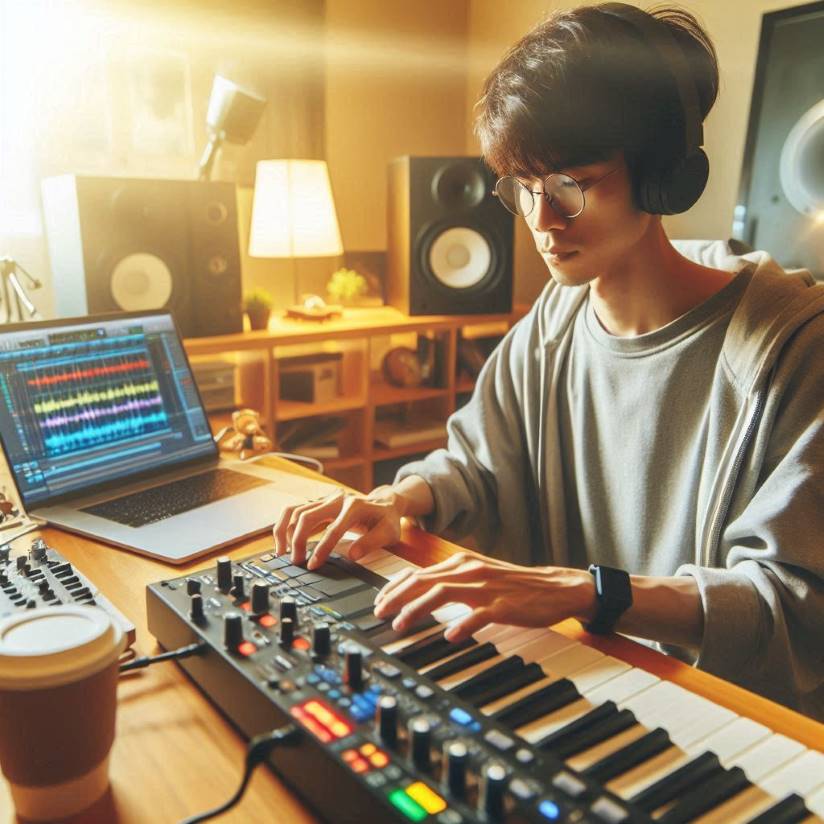
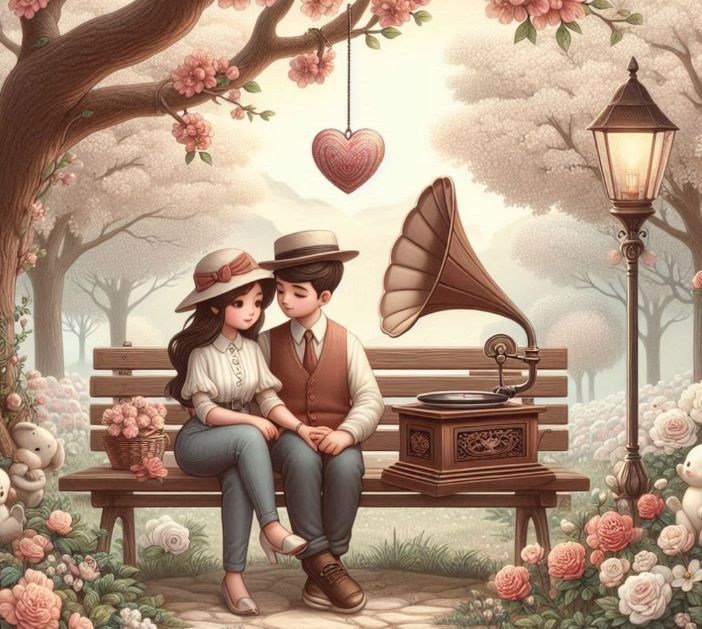
 Have you ever noticed how a good playlist can change the whole vibe of your cooking experience? Whether it’s jazz that smooths out your evening or some classic rock that spices up your meal prep, music and kitchens just go together like peanut butter and jelly. But have you ever thought about how the music you love could actually inspire the design of your kitchen according to kitchen showrooms Cheshire? Let’s dive into how different music genres can shape the heart of your home, making your kitchen not just a place to cook, but a reflection of your personality.
Have you ever noticed how a good playlist can change the whole vibe of your cooking experience? Whether it’s jazz that smooths out your evening or some classic rock that spices up your meal prep, music and kitchens just go together like peanut butter and jelly. But have you ever thought about how the music you love could actually inspire the design of your kitchen according to kitchen showrooms Cheshire? Let’s dive into how different music genres can shape the heart of your home, making your kitchen not just a place to cook, but a reflection of your personality.
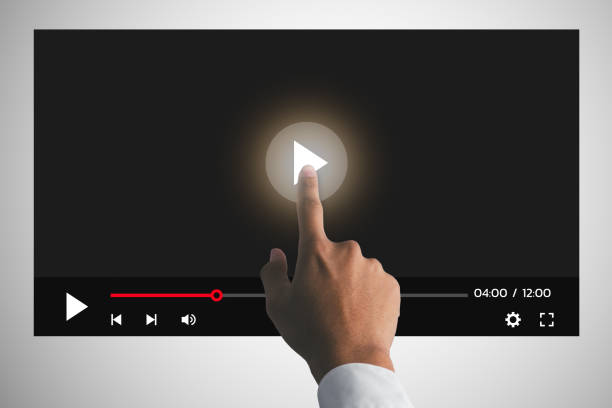





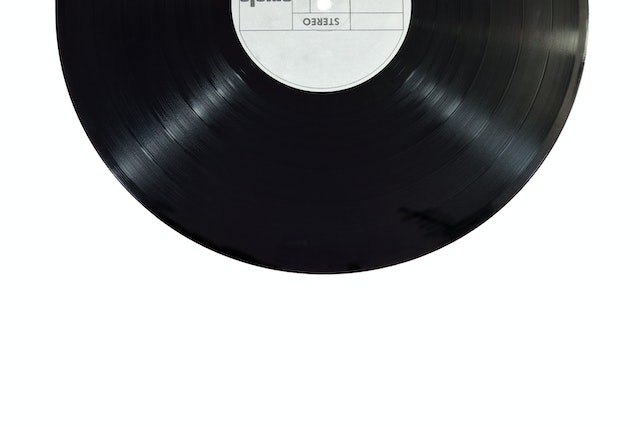



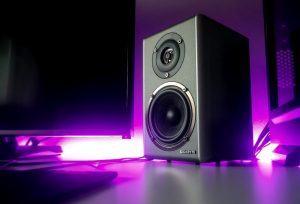
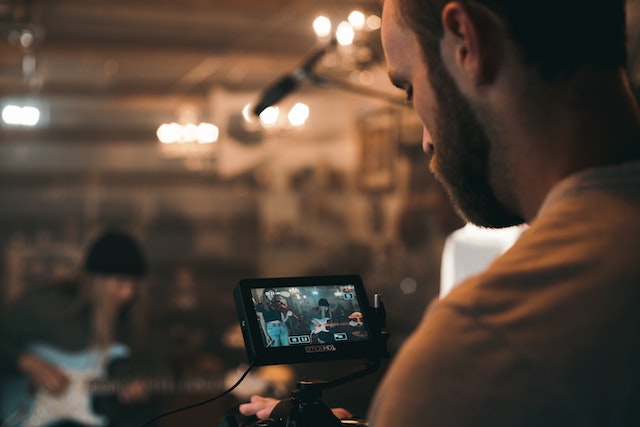



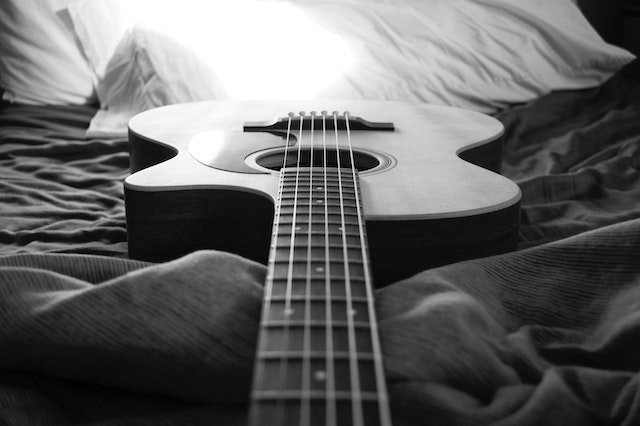


 A
A 